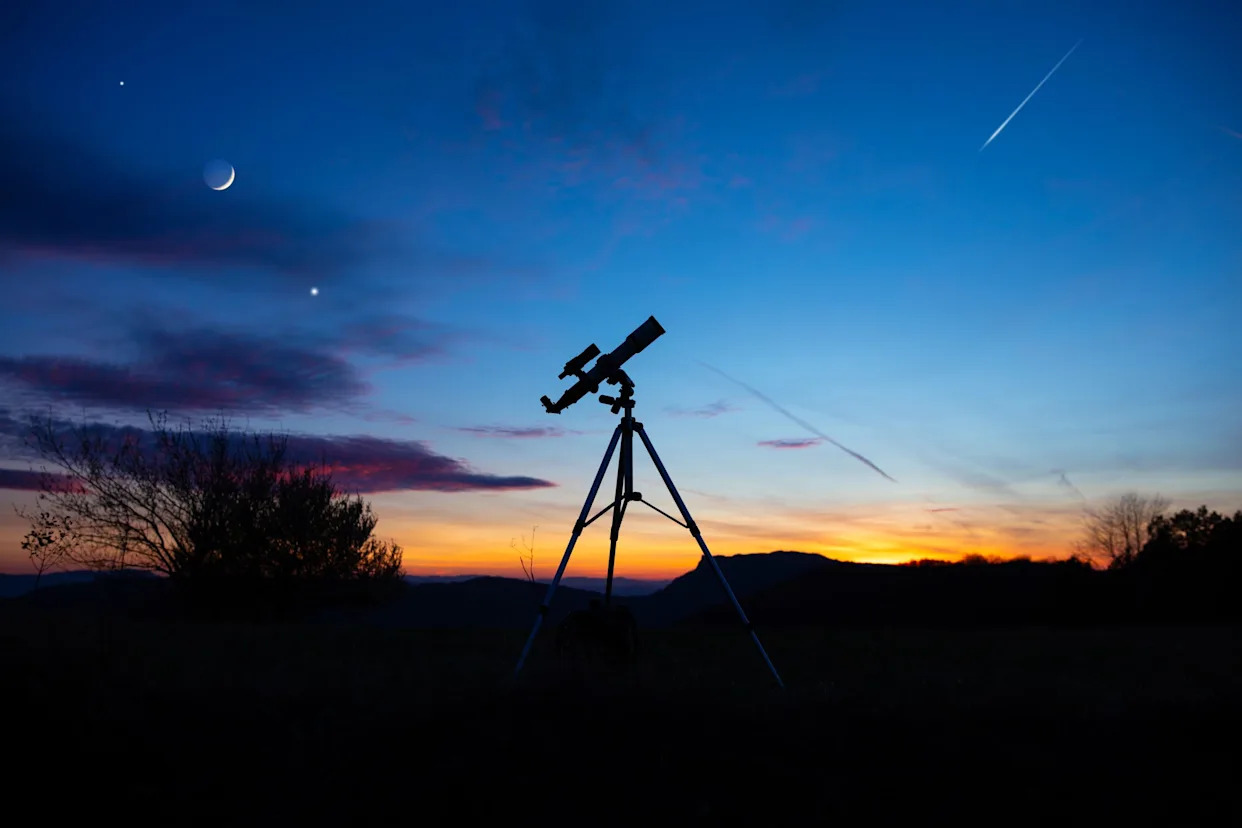A Celestial Spectacle Approaches: Six Planets to Align in August 2025

Skywatchers can anticipate a remarkable astronomical event as six planets appear to converge in the morning sky on Sunday, August 10, 2025. This striking alignment, often referred to informally as a “planet parade,” occurs when several planets position themselves closely together on one side of the sun, creating an apparent linear formation from Earth’s vantage point. The event will coincide with a full moon, reaching its peak illumination on August 9th, and the annual Perseid meteor shower, which will reach its zenith on August 12th.
While not a formal term within professional astronomy, “planet parade” describes the visual effect of planets seemingly marching across the night sky. Though an actual linear configuration in three-dimensional space is impossible, the appearance will be compelling for observers. Venus, Jupiter, Saturn, Mercury, Uranus, and Neptune are projected to align roughly an hour before sunrise on August 10th, with a New Jersey sunrise expected around 6:00 AM. Four of these celestial bodies – Venus, Jupiter, Saturn, and Mercury – will be readily visible without optical assistance. Uranus and Neptune necessitate binoculars or a telescope for observation.
Observers should look towards the eastern horizon approximately an hour before sunrise. Mercury, rising shortly beforehand, will reside closest to the sun in the constellation Cancer. Jupiter, the second brightest planet, and Venus will appear to its right. According to astronomical resources, Venus and Jupiter will achieve their nearest point of approach for the year on August 12th, appearing close enough to be covered by a small measurement at arm’s length. Further east and higher in the sky lies Uranus (in Taurus), requiring binoculars for viewing. Neptune (in Pisces) and Saturn (also in Pisces) are positioned even further out, demanding binocular assistance for detection. Saturn will stand out with its distinct yellowish hue, differentiating it from surrounding stars, while a full moon—the Sturgeon Moon—will appear below it near the horizon, potentially appearing unusually large. The Sturgeon Moon is anticipated to reach peak brightness on August 9th at 3:55 AM Eastern.
Optimal viewing conditions involve seeking locations away from urban light pollution, such as open fields or elevated areas. Binoculars or a telescope will enhance the experience. Astronomers suggest using a telescope with an aperture of at least 8 inches and 50x magnification to discern Uranus and its rings, while 150x magnification is recommended for Neptune. Magnification levels around 25x are suitable for observing Saturn’s prominent ring system. Utilizing stargazing applications on mobile devices can aid in navigation.
Planetary alignments of this magnitude are not commonplace; lineups visible without optical aids typically occur every few years, according to NASA. While Jupiter and Saturn are frequently observable, the involvement of Venus and Mercury—which orbit closer to the sun than Earth—makes such conjunctions particularly noteworthy due to their accelerated orbital speeds. The subsequent six-planet alignment is slated for February 28, 2026, featuring the same celestial participants. A seven-planet alignment, including Mars, will occur on February 3, 2034.









